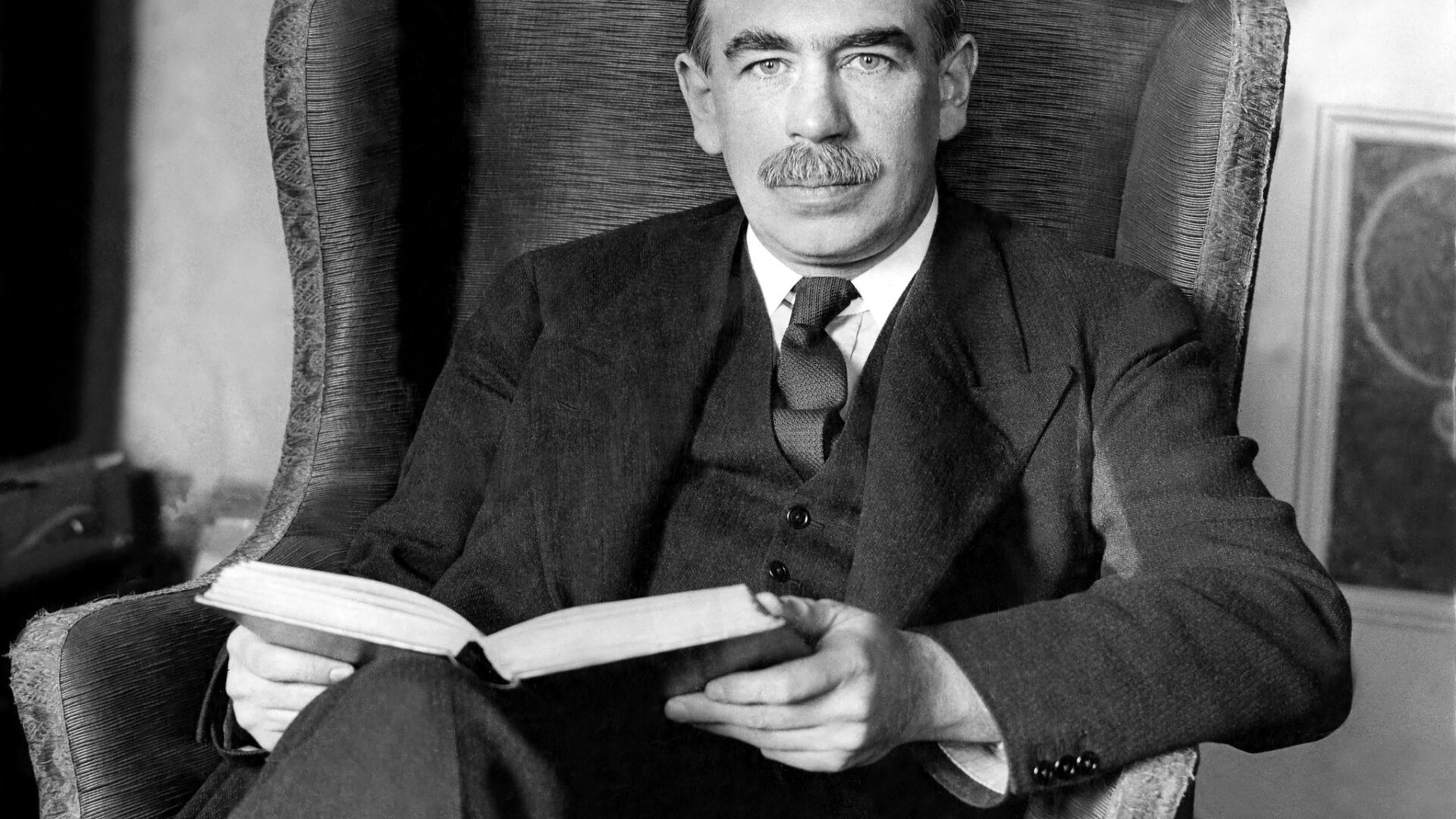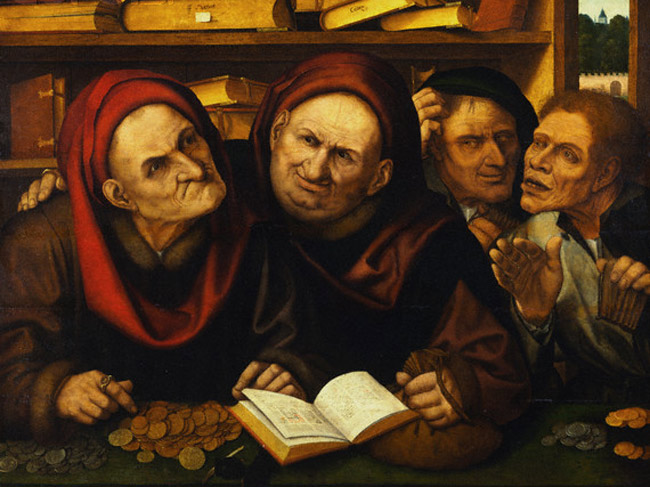Did Keynes have a point, and should the government intervene in the economy?

John Keynes’ famous book “The General Theory of Employment, Interest, and Money,” published in 1936, is considered the bible of Keynesian economics. However, it is also one of the more challenging works in this field, to the extent that it still sparks debates about what the author actually meant. This has been very frustrating for Paul Samuelson, who decided to analyze the work in detail and translate it into “layman’s terms” a decade after its release. He succeeded, and his version is still the foundation of knowledge for economics students today.
What did Keynes mean?
So, what exactly did the author mean? Keynes believed that the government must intervene in the economy to prevent further Great Depressions. Was he right? This is a subject of debate among generations of experts. However, the theory convinced American politicians. After World War II, the United States implemented regulations that made the government somewhat responsible for economic development.
The decisions made in 1946 were just the prelude. President John F. Kennedy was a proponent of Keynesianism. His thinking was quite logical. How can we reduce unemployment? By increasing consumption, which in turn would stimulate production. If a company needs to produce more goods, it will hire more workers, thereby reducing unemployment. Simple! However, this requires increasing the circulation of money in the market. How can we achieve that? By reducing taxes. Kennedy made that decision, and his successor Lyndon Johnson implemented it in practice.
According to Keynes, a recession occurs when money is not in circulation but is stored in accounts. It is better for the economy if entrepreneurs invest in new factories rather than keeping their savings in banks. However, a democratic state can only encourage citizens and not decide for them. Therefore, if a significant portion of businessmen stops wanting to invest, the responsibility falls on the government. It is necessary to start investing in the construction of roads, hospitals, or factories, for example.
Swimming in a Money Tub
In literature, you may come across an analogy for this situation using a bathtub. If the bathtub represents the economy and the water represents money, the leaking fluid would be savings in bank accounts. The government, upon seeing the leakage, must quickly add water. It can do so through the aforementioned public investments or tax reductions. However, public investments have one drawback—they generate a budget deficit.
Naturally, if these investments stimulate the economy, money will return to the budget in the form of taxes, and the deficit will be reduced again. President Johnson vividly described the first method—the one involving lower taxes—on TV. He explained the path taken by a dollar that is not collected as taxes. It stays, for example, at a grocery store. The store owner uses it to pay the milk supplier, who then passes it on to their employee, who uses it to buy a movie ticket. And so on… The result is a growing economy and increasing tax revenues. Everything seemed simple, and it worked well for a while.
After World War II, economies were developing steadily, and living standards were rising. However, problems began to arise in the 1970s. Experts started questioning whether excessive government intervention in a country’s economy might actually be harmful. A new generation of economists began to be heard. In subsequent articles, we will delve into the history of money, discuss crises, and describe the changes in economics that occurred after 1971.



![How Bitcoin Becomes a Lifeline for Victims of Repression and Financial Exclusion – Explains Lyudmyla Kozlovska [INTERVIEW]](https://webeconomy.info/wp-content/uploads/2023/10/Ludmila-Kozlowska-1000x500.jpg)


